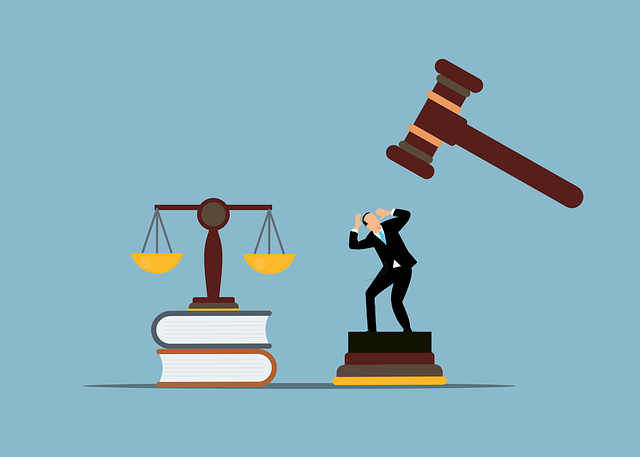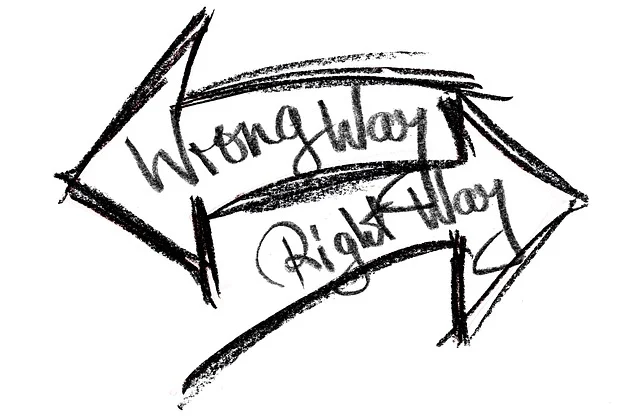Introduction

Consumer credit law governs the lending and borrowing of money for personal, family, or household purposes. It encompasses a wide range of regulations designed to protect consumers from unfair practices, ensure transparency in lending terms, and promote responsible borrowing and lending practices. This guide provides a comprehensive overview of consumer credit law, its key components, and the current trends in this field.
Table of Contents

- Disclosure Requirements
- Interest Rates and Fees
- Consumer Protection Measures
- Credit Reporting and Privacy
Overview of Consumer Credit Law

Purpose and Scope
Consumer credit law aims to regulate the provision of credit to individuals for personal, family, or household use. Its primary goals are to:
- Protect Consumers: Ensure that borrowers are treated fairly and transparently.
- Promote Transparency: Mandate clear disclosure of credit terms and conditions.
- Encourage Responsible Lending: Prevent irresponsible lending practices that can lead to consumer harm.

Internal Links:
Key Definitions

- Consumer Credit: Credit extended to individuals for personal, family, or household purposes.
- Credit Agreement: A contract outlining the terms and conditions of credit provided.
- APR (Annual Percentage Rate): The cost of credit expressed as a yearly interest rate, including fees and other costs.
Internal Links:
Key Components of Consumer Credit Law

Disclosure Requirements
Disclosure requirements ensure that consumers receive clear and comprehensive information about credit terms before agreeing to borrow money.
Key Aspects:
- Written Disclosures: Creditors must provide written statements detailing the terms of the credit, including the APR, total amount financed, and payment schedule.
- Truth in Lending Act (TILA): A U.S. law requiring lenders to disclose the terms and costs of credit.

Internal Links:
Interest Rates and Fees

Consumer credit laws regulate interest rates and fees to protect borrowers from excessively high costs.
Key Aspects:
- Interest Rate Limits: Some jurisdictions impose maximum interest rates that lenders can charge.
- Fee Transparency: Lenders must disclose all fees associated with the credit, including late fees, annual fees, and transaction fees.
Internal Links:
Consumer Protection Measures

Consumer protection measures are designed to safeguard borrowers from unfair or deceptive practices.
Key Aspects:
- Anti-Predatory Lending Laws: Prevent lenders from engaging in predatory practices, such as charging excessive interest rates or fees.
- Right to Cancel: Some laws provide consumers with a right to cancel certain credit agreements within a specified period.
Internal Links:
Credit Reporting and Privacy

Credit reporting and privacy laws govern how credit information is collected, reported, and used.
Key Aspects:
- Fair Credit Reporting Act (FCRA): Regulates the collection, dissemination, and use of consumer credit information.
- Privacy Protections: Laws ensure that personal and financial information is kept confidential and used appropriately.
Internal Links:
Regulatory Bodies and Legislation

Federal and State Regulations
Consumer credit laws are enforced at both the federal and state levels. Federal regulations provide a baseline of protection, while state laws may offer additional protections.
Key Federal Regulations:
- Consumer Financial Protection Bureau (CFPB): Oversees and enforces consumer credit laws.
- Truth in Lending Act (TILA): Requires disclosure of credit terms and costs.
Key State Regulations:
- State Usury Laws: Limit the amount of interest that can be charged on loans.
- State-Specific Consumer Protection Laws: Provide additional protections for consumers.

Internal Links:
International Standards
International standards for consumer credit aim to harmonize practices across countries and protect consumers globally.
Key Standards:
- Basel III: International banking regulations that include provisions for consumer protection in credit.
- European Union Consumer Credit Directive: Regulates consumer credit agreements within the EU to ensure transparency and fairness.
Internal Links:
Consumer Rights and Responsibilities

Right to Clear Information
Consumers have the right to receive clear and accurate information about the terms and costs of credit.
Key Rights:
- Disclosure of Terms: Lenders must provide detailed information about interest rates, fees, and repayment terms.
- Right to Understand: Consumers should be able to understand the terms and conditions of the credit agreement.
Internal Links:
Right to Fair Treatment

Consumers are entitled to fair treatment from lenders, including protection from discriminatory practices.
Key Rights:
- Non-Discrimination: Lenders cannot discriminate based on race, gender, religion, or other protected characteristics.
- Fair Lending Practices: Lenders must engage in honest and fair practices when offering credit.
Internal Links:
Borrower Responsibilities

Borrowers have responsibilities to manage their credit responsibly and meet their financial obligations.
Key Responsibilities:
- Timely Payments: Making payments on time to avoid penalties and damage to credit scores.
- Understanding Terms: Ensuring they fully understand the terms of their credit agreements.
Internal Links:
Challenges and Issues

High-Interest Rates and Predatory Lending
High-interest rates and predatory lending practices pose significant challenges in consumer credit.